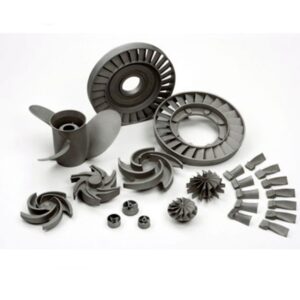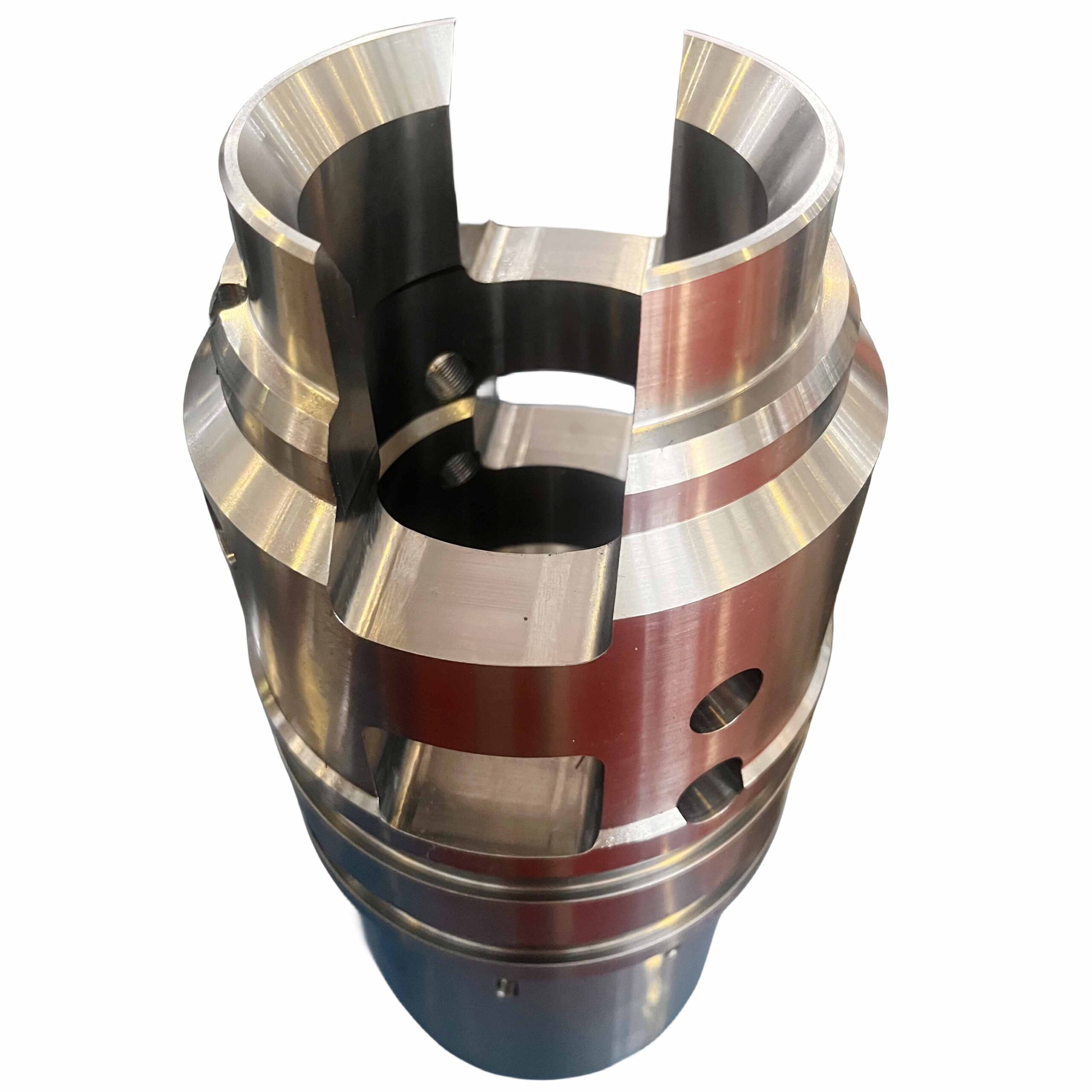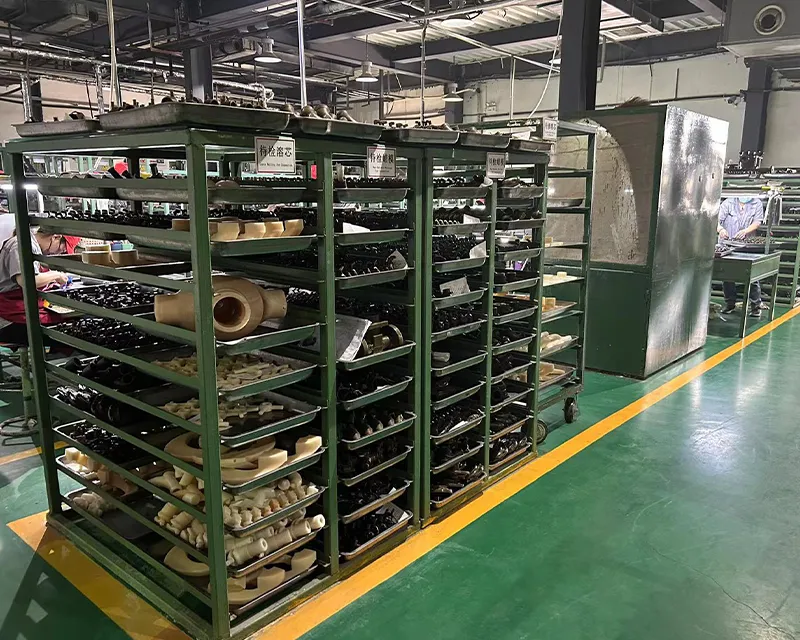
Electroplating is not without its disadvantages and limitations. Some of those limitations are listed and described below:
Time-Consuming
Electroplating can be a time-consuming process that can be a process bottleneck for manufacturers, leading to long lead times for products. The desired coating thickness has a large impact on the electroplating process time. Additionally, if multiple layers of electroplating are to be added to the substrate, the process can take even longer.
Cost
Electroplating can be an expensive process, from the machinery needed to complete the process to the time it takes to coat parts. Additionally, the metals to be plated can also be expensive depending on the type of metal. Moreover, larger parts may require larger electroplating setups, while parts with complex geometry may require a more tightly controlled electroplating process or multiple passes — which can further increase the process cost. Still, buying plated products is often cheaper than buying products made entirely of plated material.
Environmental Concerns
The electroplating process often involves the use of hazardous chemicals such as various cyanide solutions or hexavalent chromium. Additionally, plating heavy metals produces wastewater that often contains heavy metals. Manufacturers must properly dispose of byproducts that result from the process and effectively treat wastewater to reduce their environmental impact. Moreover, the process consumes a significant amount of electrical energy which can have adverse environmental impacts if derived from non-renewable resources.





